Five Best Practices for IV Medication Administration Safety
PDC Healthcare
DECEMBER 22, 2022
Nearly 40% of medical errors take place during medication administration as it is one of the most intricate processes for healthcare staff. The post Five Best Practices for IV Medication Administration Safety appeared first on connectID - PDC Healthcare Blog. It is critical to ensure the 5 rights […].













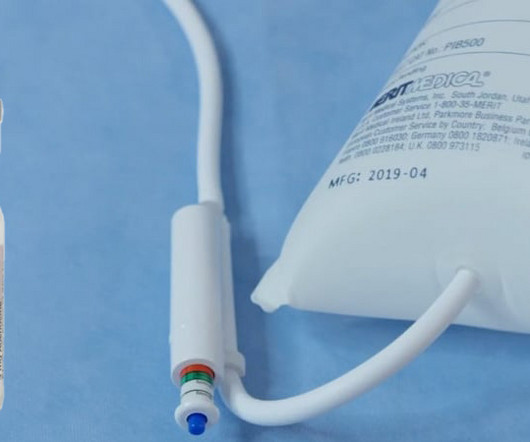
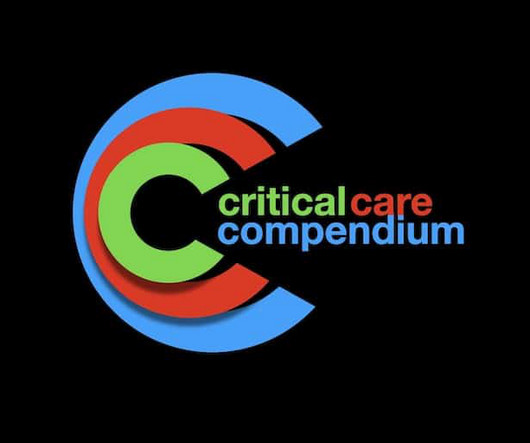







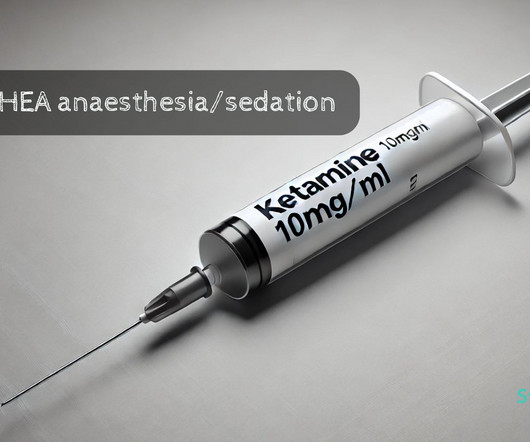




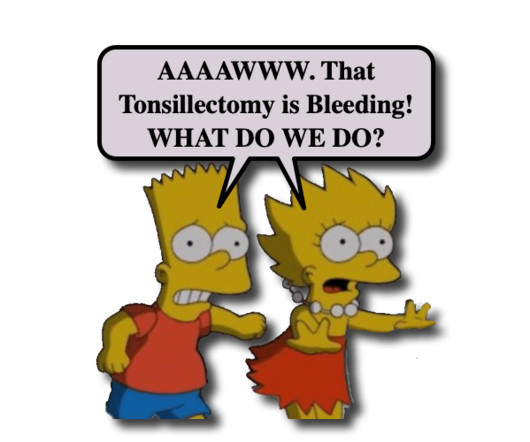


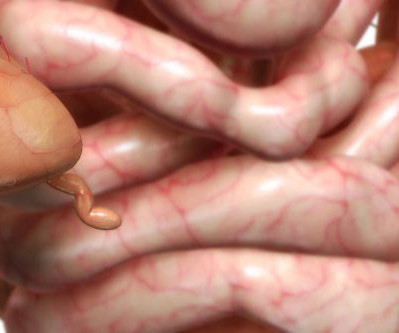




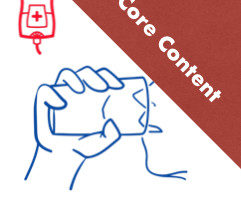

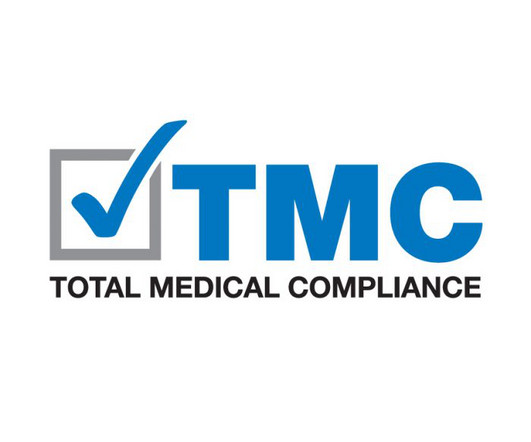



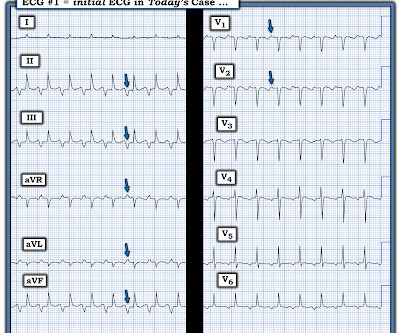








Let's personalize your content